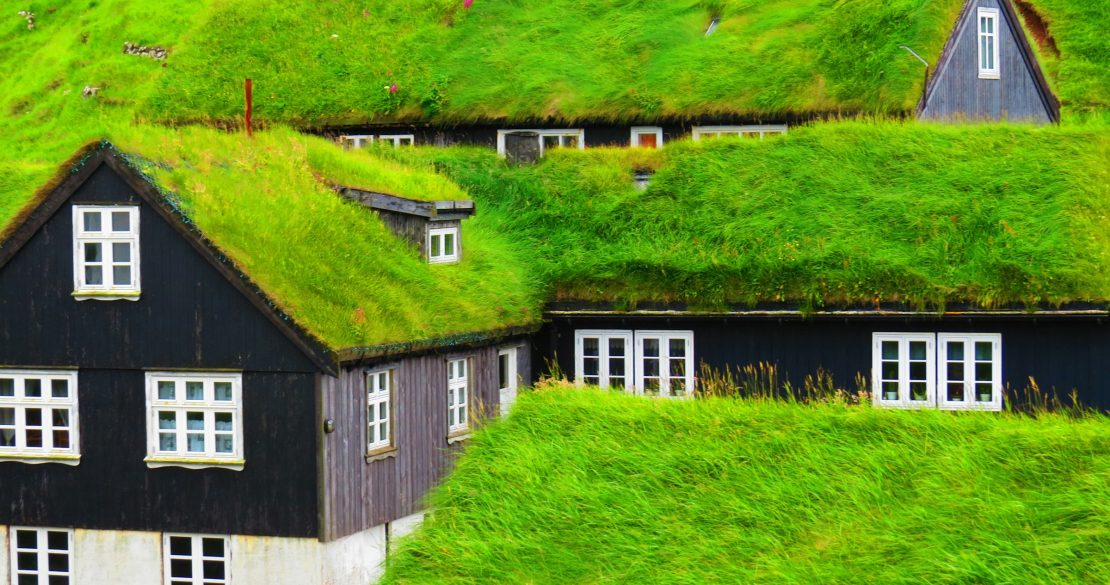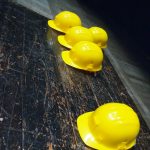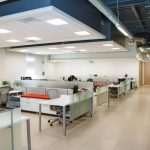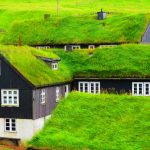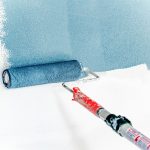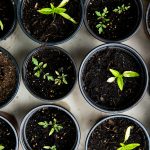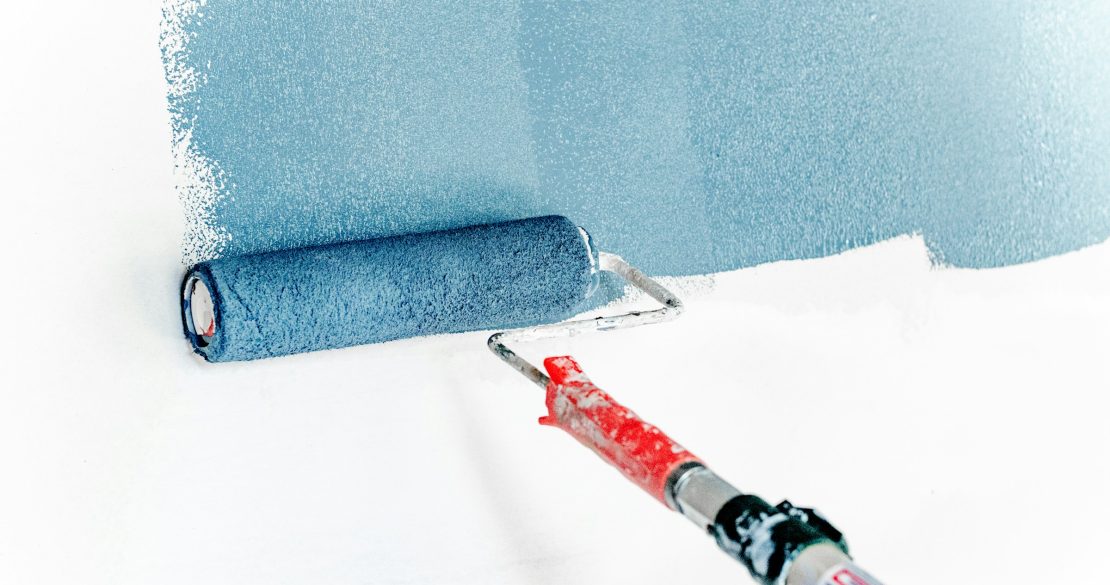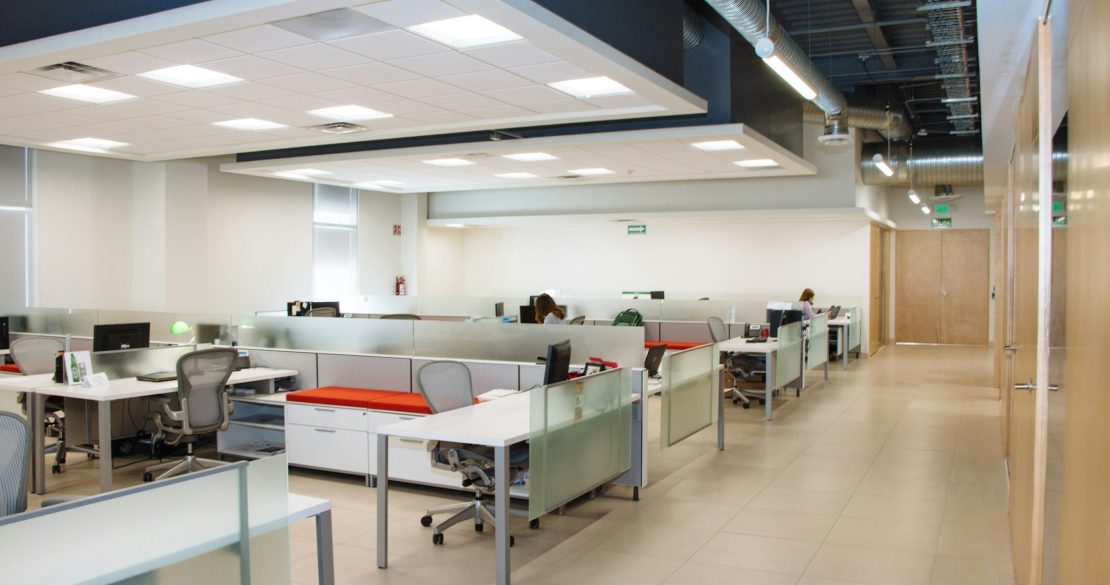“Going green” has been something the building and construction industry has been working on for decades. The industry has been working on the issue, including bringing green building practices to places, like urban environments, where access to nature and other green space like parks is limited.
One of the ways that is bringing together the natural and urban environments is adding green spaces to rooftops. Green roofs have many benefits, but you’ll need to tread carefully to ensure you choose the right roof for the right environment and take the proper steps to install it.
Table of Contents
Planning a Green Roof: Existing Buildings
Planning a Green Roof: New Builds
Types of Green Roofs
Extensive Green Roof
Intensive Green Roof
Similarities
Your Benefits from Green Roofs
Reduced Energy Use
Increased Roofing Membrane Durability
Fire Retardation
Indoor Noise Reduction
Community Relations
Community Benefits of Green Roofs
Improved Air Quality
Improved Human Health & Comfort
Improved Quality of Life
Reducing the Heat Island Effect
Enhanced Stormwater Management & Water Quality
Amenities
Final Thoughts
Planning a Green Roof: Existing Buildings
Existing buildings aren’t always built with today’s ‘green’ improvements in mind. Often property owners have to go through extensive, expensive retrofitting to ensure a building’s infrastructure can handle the new loads. New electrical wiring, wiring for advanced internet or AI technologies, the proper fixtures for LED light bulbs and more need to be in place for many energy-efficient green upgrades.
If a green roof is part of your ‘go green’ plan, you’ll need to add extra reinforcement to carry the new load. There are several heavy layers that go into a green roof, and if you intend to add amenities like seating, you need to account for that weight as well.
Planning a Green Roof: New Builds
Planning for a green roof at the beginning of your project is much easier than adding it after the fact. Architects or designers and engineers like the ones you’ll work with at Realty Asset Advisors can design a building that will carry the extra load. When you meet with us, we’ll discuss the type of green roof that’s best for your building based on your goals.
Types of Green Roofs
There are two types of green roofs, each with different functions and level of difficulty of upkeep. The staff at Realty Asset Advisors will walk you through each, making sure you understand the pros and cons of each to ensure you make the right decision.
Extensive Green Roof
If you’re looking to ‘set it and forget it’ to a degree, this type of roof might be for you. Extensive green roofs tend to be simpler and include hardy, native plans and a growing depth of just 2”-4”. This lightweight option requires the least amount of added structural support – offering potential big savings on both new builds and additions to existing structures. The best part: after the roof is ‘established’ and growing, little maintenance is required.
Intensive Green Roof
It’s in the name. These types of green roof require intense, highly-involved care. These roofs are more complex: some are even fully-accessible parks and gardens with trees, flowers, native plants, and even fruits and vegetables! These perks are especially beneficial in urban areas where access to such amenities is difficult.
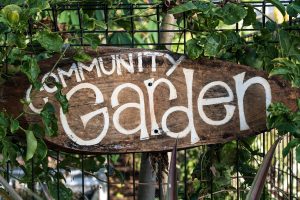
Intensive green roofs are far from the ‘set it and forget it’ simplicity of extensive green roofs. Since the project includes park or garden-like features, the roofs require more structural support to carry the heavier load. You’ll also need to take into consideration your bottom line: everything that goes into this kind of roof costs money, making such spaces a higher initial investment than their ‘extensive’ counterparts. Intensive green roofs also require an intense amount of maintenance depending on the plantings you choose. You’ll have to account for regular watering, harvesting, pruning, and more as well.
Similarities
While the amount of labor required for installing and maintaining each type of green roof differs, both are set up in the same manner, from the rooftop up: structural support, vapor barrier, thermal insulation, root barrier, drainage layer, filter membrane, growing medium, and vegetation.
Both need ample structural support: a strong foundation can make or break the success of your roof. Next, the vapor barrier performs the important job of minimizing or eliminating the diffusion of moisture. The thermal layer above helps control heat loss. Above that, the root barrier keeps the vegetation’s roots from growing down into the layers below and causing damage. The drainage layer drains away water and smaller particles not caught by the filter membrane above. Above the filter membrane is the growing medium – soil, fertilizer, etc. – followed by the top layer of beautiful, functional vegetation.
Your Benefits from Green Roofs
Whether you’re installing a green roof on your new build or an existing structure, you’ll see a number of benefits, immediately as well as over time. Some of these include:
Reduced Energy Use
Green roofs help reduce heating and cooling needs. They act as natural insulators for buildings, as well as remove heat from the air through evapotranspiration, significantly reducing a building’s heating and cooling needs. With a green roof, you’ll have a building that’s warm in the winter and cool in the summer without over-exerting your HVAC and electrical systems.
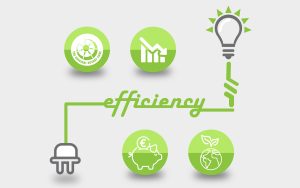
Increased Roofing Membrane Durability
Green roofs require their own vapor barrier, thermal layer, and drainage layer. The building roof itself has its own waterproofing membrane, and the green roof layers and traditional roof layer work together to decrease the exposure of the roof waterproofing membrane to environmental factors like large temperature fluctuations. Green roofs guard against these fluctuations which otherwise cause micro-tearing and ultraviolet radiation, which can cause expensive damage over time.
Fire Retardation
Studies show that green roofs have a much lower burning heat load, or heat generated with a substance burns, than a conventional roof. Your building has other fire retardation and prevention measures in place, and the addition of a green roof is an often forgotten added layer of safety.
Indoor Noise Reduction
If you enjoy quiet while you work, a green roof may be an excellent added solution. Green roofs have been shown to have exceptional noise attenuation, especially for low frequency sounds.

Extensive green roofs (the low-maintenance kind) can reduce outdoor noises indoors by up to 40 decibels. Intensive green roofs reduce noise by 45-50 decibels.
Community Relations
Building with green practices in mind does wonders for community relations. Building another high-rise office or apartment building in an urban area may not be met with the best reception. Informing the community of your intent to use green building practices, as well as include a green roof that will benefit the area socially and environmentally can spur community support and involvement, as well as draw new customers or tenants.
Community Benefits of Green Roofs
There are many benefits to green roofs that make them the perfect addition to your building in an urban environment. Just some of them are:
Improved Air Quality
Like any other vegetation, the vegetation from your building’s green roof will aid in reducing air pollution and greenhouse gas (GHG) emissions, a needed benefit in urban environments where air quality can decrease quickly. A green roof’s ability to insulate a building and control heating and cooling costs and loads decreases the use of air conditioning systems. Dust and particulate matter, as well as smog are reduced. The vegetation of your green roof can also remove pollutants through dry deposition and excess GHGs through carbon sequestration and storage.
Improved Human Health & Comfort
The Valley gets hot in the summer! As soon as the first high temperatures of summer hit, local news outlets warn of heat stress and staying out in the sun too long. Heat stress has a direct and negative impact on human health and comfort, and by including a green roof on your building can help reduce that stress. Since green roofs reduce heat transfer through the building’s roof and regulate temperature throughout the structure, indoor comfort is improved and dampens the effects of heat stress due to rising summer temperatures or heat waves.

Improved Quality of Life
Urban areas aren’t always known for the highest quality of life. Tall buildings crowded together with little green space or natural environment is less than desirable. Adding a green roof to your building can improve the quality of life for the surrounding community.
Not only do green roofs provide an aesthetic value often missing in urban locales, but they provide a habitat for plants and animal species that otherwise would not be found in such environments and improves human interaction with nature through the introduction off green space in the built environment.
These connections to nature have been documented to benefit human physical and mental health, productivity, and reduce things like blood pressure and hypertension. Read more about this phenomenon in our article about The Role of Biophilia in Green Office Spaces.
Reducing the Heat Island Effect
Urban environments are known to trap heat. Tall buildings close together make for a combination that doesn’t allow a lot of heat to escape, creating ‘heat islands’ within urban spaces. Green roofs help to reduce this effect in a number of ways:
– The daily dew evaporation cycle allows plants to cool the surrounding area, reducing the Urban Heat Island (UHI) effect. The light absorbed by the vegetation would otherwise be converted to heat that gets trapped in urban centers.
– Black rooftops of urban buildings absorb a lot of heat, making them some of the hottest surfaces contributing to UHI. A green roof eliminates these black rooftops and cools the environment, lowering UHI.
Enhanced Stormwater Management & Water Quality
Your green roof affects how stormwater affects the surrounding environment. Green roofs have been shown to reduce and slow stormwater runoff as well as filter pollutants from rainfall. Extensive green roofs can reduce runoff by 60%, while intensive green roofs reduce runoff by 100%!
Keep in mind, the stormwater management potential of your green roof depends upon rainfall patterns, which can be uncertain in the area. A roof’s ability to capture runoff is greater during smaller rainfall events.
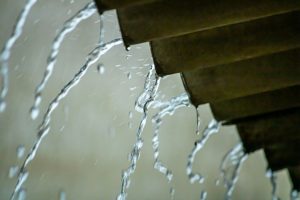
Amenities
Green roofs can bring amenities to a community that are otherwise out of reach. Intensive green roofs, those that can handle the load of a community garden or park complete with trees and other vegetation, provide a community gathering space. Be careful when planning children’s amenities like playground equipment, and ensure fences meet building code requirements for safety. Check out our article on Creating Community Gardens in Corporate Campuses for ideas on how to create and maintain a community garden.
Final Thoughts
As the building and construction industry continues toward a future of green building practices, the implementation of green roofs in urban environments has changed the way we see urban building projects.
The staff at Realty Asset Advisors wants to ensure when you include a green roof in your project it fits the neighborhood, the project, your building, and needs.
Contact us today!


